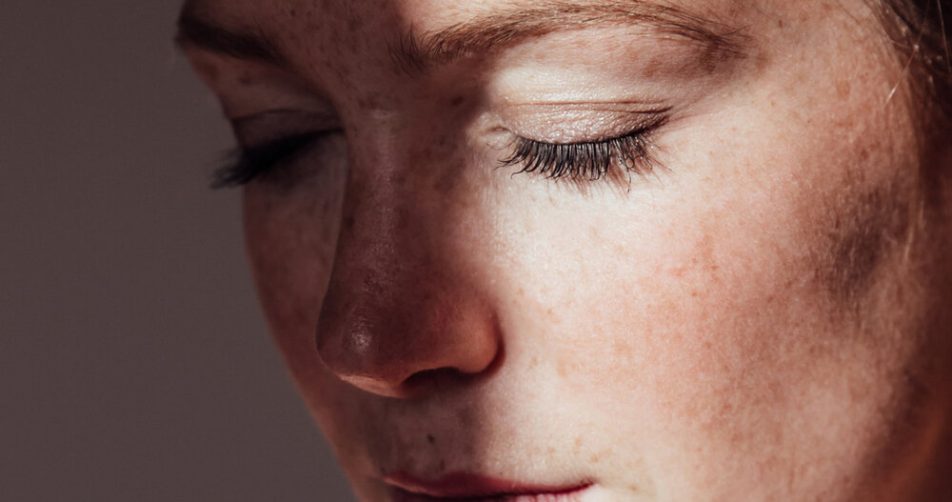Lazy eye, medically known as amblyopia, is a visual condition that typically begins in childhood. It occurs when one eye fails to develop normal sight due to poor communication between the brain and the eye. Though it affects millions of people worldwide, early intervention can significantly improve outcomes. This blog dives deep into the causes of lazy eye, why early treatment is essential, and the available treatment options to improve visual development.
What is Lazy Eye?
Lazy eye is a disorder where the brain favors one eye over the other, causing the vision in the affected eye to deteriorate over time. Unlike other eye issues, lazy eye doesn’t have visible symptoms in its early stages, which is why it often goes unnoticed. The condition is responsible for the majority of visual impairment in children, but its effects can persist into adulthood if left untreated. Fortunately, with early lazy eye treatment, it is possible to improve and even restore vision in many cases.
Causes of Lazy Eye
Amblyopia develops when there is a disconnect between the brain and one eye. This disconnect can stem from several underlying causes:
1. Strabismus (Misaligned Eyes)
One of the most common causes of lazy eye is strabismus, a condition where the eyes are misaligned and point in different directions. The brain struggles to merge the two images, leading to double vision. To adapt, it begins ignoring the image from the misaligned eye, eventually causing amblyopia.
2. Refractive Errors
Sometimes, a significant difference in the refractive power of each eye—such as one eye being more nearsighted, farsighted, or astigmatic than the other—can lead to lazy eye. When one eye sees clearly and the other does not, the brain may begin to ignore the blurry image, which can lead to amblyopia over time.
3. Deprivation Amblyopia
Deprivation amblyopia occurs when something obstructs light from entering the eye. This can result from congenital cataracts, droopy eyelids, or other physical barriers that prevent clear vision in one eye. Without clear input from both eyes, the brain will rely more on the eye that has unobstructed vision, leading to a lazy eye.
4. Family History
Genetics can play a role in the likelihood of developing amblyopia. Children with a family history of strabismus, cataracts, or refractive issues have a higher risk of developing lazy eye. Early detection is critical if there’s a family history, as early lazy eye treatment can prevent long-term visual impairment.
5. Premature Birth or Low Birth Weight
Studies have shown that premature babies or those with low birth weight may be at a higher risk of developing lazy eye. Since their visual development may not be fully complete at birth, they are more susceptible to vision issues that can lead to amblyopia.
The Importance of Early Detection and Treatment
The brain’s visual system is highly adaptable in childhood, and this period offers the best opportunity to correct lazy eye. Early detection is crucial because the brain’s ability to adapt and improve visual pathways decreases as a child grows older.
Without treatment, lazy eye can lead to:
- Permanent Vision Loss: The brain’s dominance over one eye can become irreversible, causing lifelong vision impairment.
- Reduced Depth Perception: People with untreated lazy eye often struggle with depth perception, which can affect daily activities such as sports, driving, and other visually demanding tasks.
- Difficulty with Eye Coordination: When the brain favors one eye, coordination and teamwork between both eyes become challenging, further complicating visual tasks.
By implementing lazy eye treatment at an early age, children are more likely to develop normal binocular vision, which will support healthy eyesight into adulthood.
Lazy Eye Treatment Options
The good news is that lazy eye treatment has become highly effective in recent years, offering multiple ways to improve visual function. Here are the most common treatment options:
1. Eye Patching
Eye patching is a classic method used to strengthen the weaker eye. By covering the stronger eye with a patch, the brain is forced to rely on the weaker eye, which helps build visual acuity over time. The success of patching depends on factors such as the child’s age, the severity of amblyopia, and how consistent they are with wearing the patch.
Duration of Treatment: Children may need to wear the patch for a few hours each day over several weeks or months. In more severe cases, full-day patching may be required.
2. Atropine Eye Drops
Atropine drops blur vision in the stronger eye, similar to the patching effect, forcing the brain to use the weaker eye. This method is often used for children who struggle with wearing a patch or find it uncomfortable. It has been found to be effective in strengthening the weaker eye, especially in cases of mild to moderate amblyopia.
Duration of Treatment: Atropine drops are usually prescribed for daily use and may be continued for several months, depending on the response.
3. Vision Therapy
Vision therapy is a personalized treatment that uses specific exercises to enhance eye coordination and focus. Vision therapy exercises may include tracking, focusing, and eye alignment activities. These exercises help the eyes work together and strengthen the brain’s connection with the weaker eye.
Benefits: Vision therapy not only improves eye strength but also enhances eye-brain coordination, addressing both the physical and neurological aspects of amblyopia.
4. Corrective Eyewear
For amblyopia caused by refractive errors, corrective glasses or contact lenses may be prescribed to ensure both eyes have the same level of visual input. In cases where one eye is far more nearsighted or farsighted than the other, glasses can level the playing field and reduce the brain’s dependency on one eye over the other.
Special Glasses: Bifocal or multifocal lenses may be prescribed if additional focus is needed for certain distances.
5. Surgery (in Severe Cases)
In cases of amblyopia caused by physical barriers, such as cataracts or eyelid abnormalities, surgical intervention may be necessary. Surgery can remove these barriers, allowing normal visual input to reach the affected eye.
Types of Surgery: Surgery for strabismus, cataracts, or ptosis can correct structural issues. Once the surgery is done, additional treatments, like patching or vision therapy, may be needed to strengthen the weaker eye.
At What Age is Lazy Eye Treatment Most Effective?
The ideal age for lazy eye treatment is typically between 3 and 7 years. At this stage, the brain’s neuroplasticity—its ability to change and adapt—is at its peak. However, children up to 12 years old can still see significant improvements with proper treatment. Although the effectiveness of treatment diminishes as the child grows older, there is evidence that older children and even adults can benefit from certain amblyopia treatments, especially vision therapy.
How Parents Can Help with Lazy Eye Treatment
Parental involvement plays a significant role in the success of lazy eye treatment. Here are some ways that parents can assist:
- Encourage Consistency: Consistency with patching or other treatments is essential. Parents should ensure that children follow the treatment plan prescribed by their eye doctor.
- Make it Fun: Activities that engage the weaker eye, such as coloring, puzzles, or reading, can help strengthen it in a fun way.
- Reward System: For younger children, using a reward system for completing patching sessions or therapy exercises can make the experience more enjoyable.
- Monitor for Improvements: Regular eye check-ups can help track the effectiveness of the treatment, ensuring any adjustments are made as needed.
Long-Term Outlook with Treatment
With early intervention and consistent treatment, most children with lazy eye can develop normal vision. While mild cases may resolve within a few months, severe cases may take longer and may require a combination of treatments. Following the eye doctor’s recommendations and being diligent with therapy can maximize the chances of a full recovery.
For adults, even if amblyopia is not fully reversible, newer treatments like vision therapy have shown promising results in improving visual function, proving that it’s never too late to seek treatment.
Conclusion
Lazy eye treatment is most effective when started early, capitalizing on the brain’s ability to rewire and correct visual pathways. Understanding the causes of lazy eye can help parents and caregivers recognize risk factors, prioritize early screenings, and ensure timely interventions. With options like eye patching, atropine drops, vision therapy, and corrective eyewear, lazy eye treatment can significantly improve a child’s vision and quality of life.
Though amblyopia can seem daunting, with dedication and the right approach, it’s possible to reverse or significantly reduce the effects of lazy eye, providing a brighter, clearer future for those affected.




